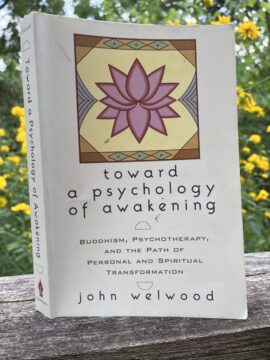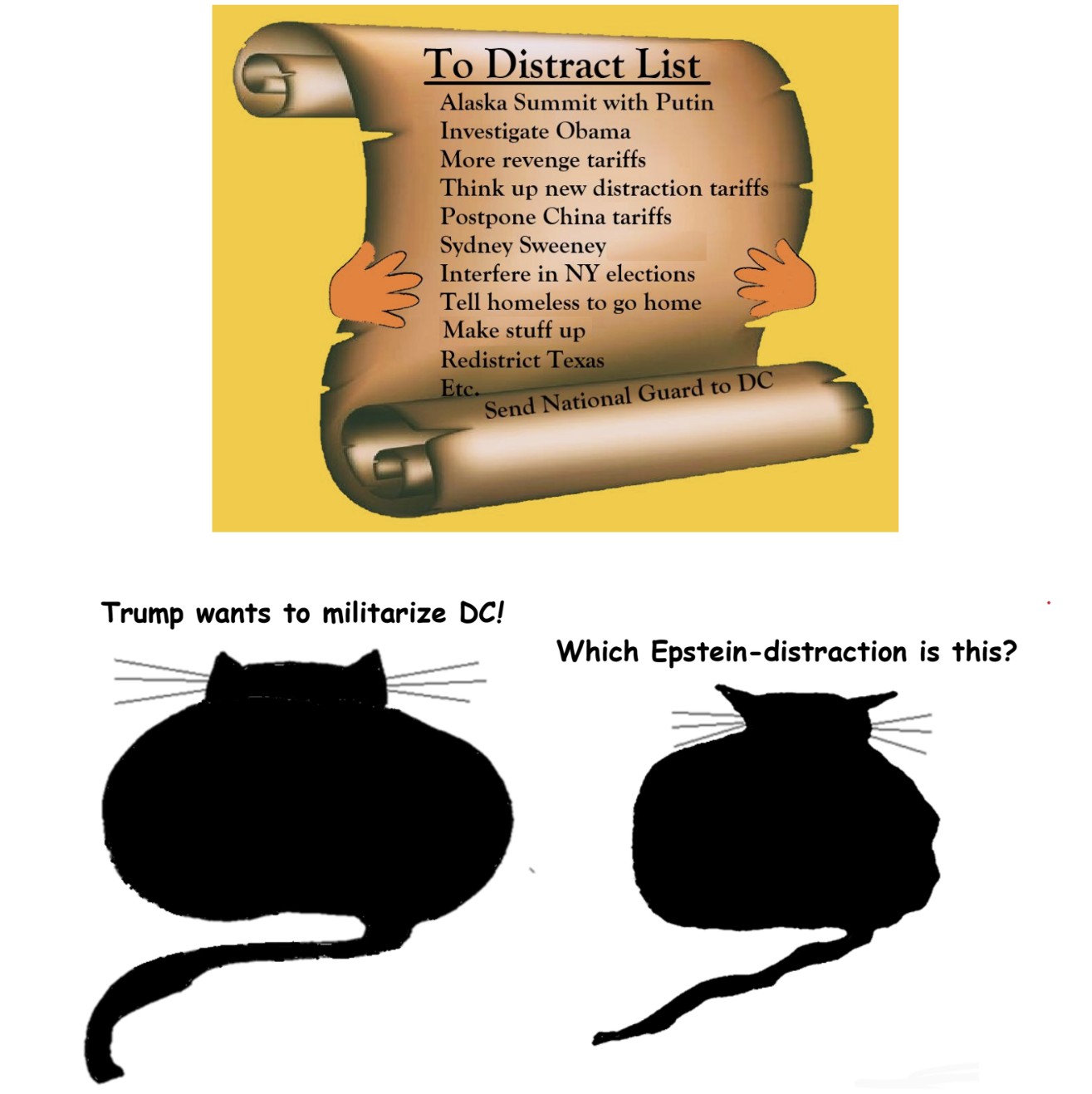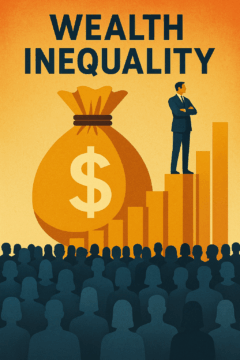by Jeroen Bouterse
Under Nanna’s moon – a girl under Nanna’s moon, alone I lie
Under Nanna’s moon drifting over the pure mountains alone I lie,
Under the mountains of the cedars where sleeps Mullil alone I lie.[1]
“It would be nice to go back to caring about the moon”, writes Omar El Akkad in 2025. He can’t, because “no description of the moon […] reflects as much beauty back into the world as a missile obliterating a family in their home takes out of it.” Bertold Brecht wrote in the 1930s that in his time, talking about trees was almost a crime, because it implied silence about so many wrongs.
Brecht’s words are addressed To those born after, those who “will emerge from the flood that engulfed us”. They are asked to judge mildly: “when you speak of our weaknesses, remember too the dark time from which you escaped.” El Akkad’s book is titled One Day, Everyone Will Have Always Been Against This. For him, the passing of time will allow us to settle down in comfortable and hypocritical narratives about our own innocence, and teach us nothing.
The lines above are an attempt to escape into a time where caring about the moon and talking about trees were possible. The millennia-old poetry produced by the early cities of ancient Mesopotamia seems out of reach of modernity and its missiles. We can rest our eyes on a divinity dedicating a riverbank to his mother:
May its meadows grow herbs for you,
may its ledges grow grapevines and (yield) grape sirop for you,
may its slopes grow cedar, cypress, supalu-trees and box for you,
may it adorn itself for you with tree fruit like an orchard.[2]
The distant past was not innocent; people died young there, from disease, violence, and hunger – there is Sumerian verse mentioning starvation threats as an instrument of war.[3] Even between these generic but optimistic lines of blessing – a demon that terrified the high gods themselves has just been vanquished; the future looks bright – it is not difficult to read helplessness and terror. We have to hope that meadows grow their herbs and slopes grow their cedar trees; the alternative is awful to imagine. Read more »


 In my last
In my last 


 In the first part of this column last month, I set out the ways in which the separation of powers among the three branches of American government is rapidly being eroded. The legislative branch isn’t playing its part in the system of “checks and balances;” it isn’t interested in checking Trump at all. Instead it publicly cheers him on. A feckless Republican Congress has essentially surrendered its authority to the executive.
In the first part of this column last month, I set out the ways in which the separation of powers among the three branches of American government is rapidly being eroded. The legislative branch isn’t playing its part in the system of “checks and balances;” it isn’t interested in checking Trump at all. Instead it publicly cheers him on. A feckless Republican Congress has essentially surrendered its authority to the executive.
 I drive in silence these days. That in itself is nothing new. For years, my solo road trips across America have featured long stretches of near silence. Nothing coming from the speakers. No talk, no music, no pleading commercials. Just the whir of the road helping to clear my mind.
I drive in silence these days. That in itself is nothing new. For years, my solo road trips across America have featured long stretches of near silence. Nothing coming from the speakers. No talk, no music, no pleading commercials. Just the whir of the road helping to clear my mind.



 Junya Ishigami. Serpentine Gallery Pavilion, 2019.
Junya Ishigami. Serpentine Gallery Pavilion, 2019.

 By many measures wealth inequality in the US and globally has increased significantly over the last several decades. The number of billionaires has increased at a staggering rate. Since 1987, Forbes has systematically verified and counted the global number of billionaires. In 1987, Forbes counted 140. Two decades later Forbes tallied a little over 1000. It counted 2000 billionaires in 2017. In 2024 it counted 2,781, and in March this year it counted 3,028 billionaires (a 50% increase in the number of billionaires since 2017 and almost a 9% increase since 2024).
By many measures wealth inequality in the US and globally has increased significantly over the last several decades. The number of billionaires has increased at a staggering rate. Since 1987, Forbes has systematically verified and counted the global number of billionaires. In 1987, Forbes counted 140. Two decades later Forbes tallied a little over 1000. It counted 2000 billionaires in 2017. In 2024 it counted 2,781, and in March this year it counted 3,028 billionaires (a 50% increase in the number of billionaires since 2017 and almost a 9% increase since 2024). Recently I’ve noticed that a new wave of
Recently I’ve noticed that a new wave of 